Visit the Capitoline Museum in Rome
Intro
If you are planning a visit to the Capitoline Museum next time you are visiting Rome, here is everything you need to know.
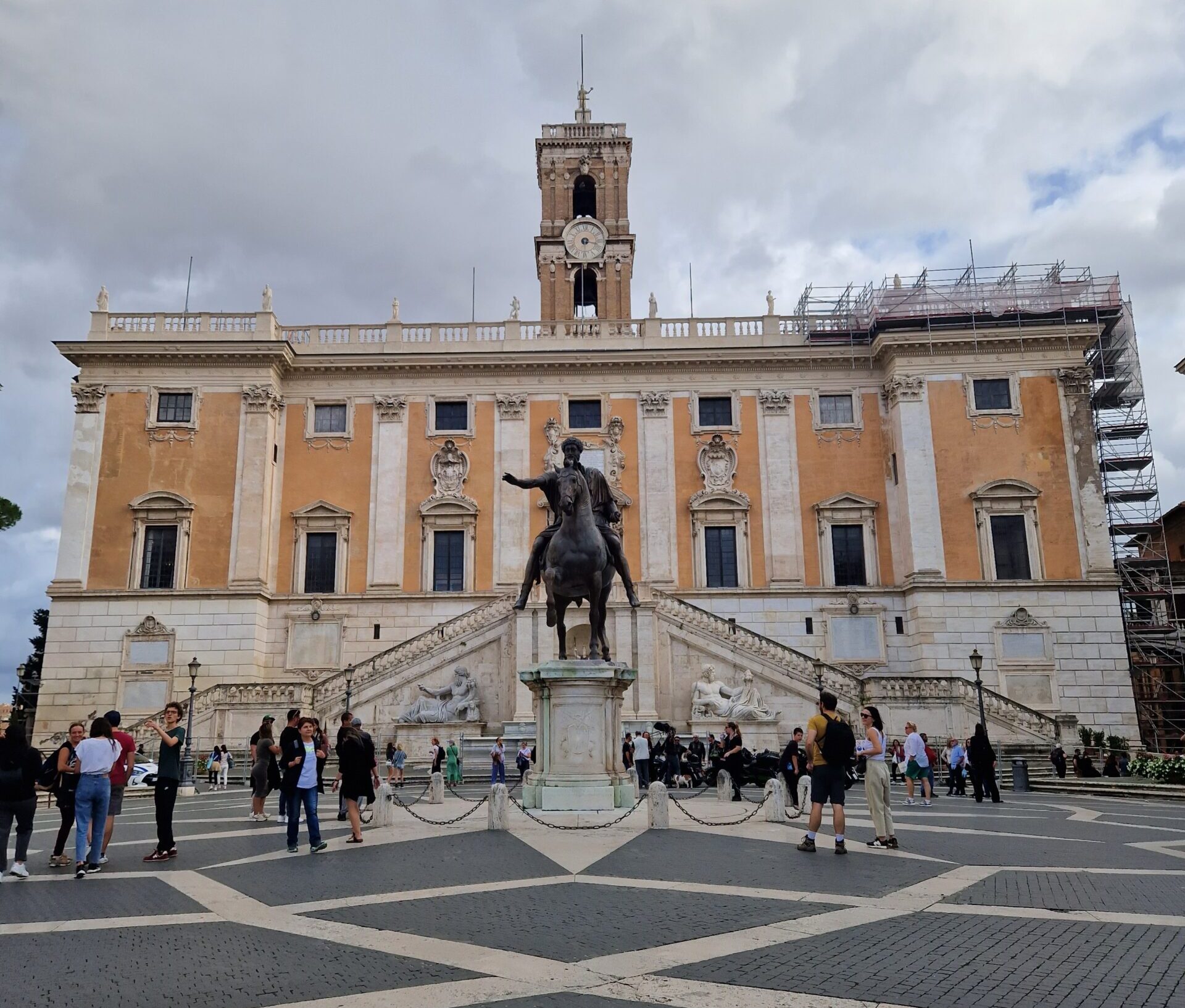
Plan your visit
On top of the Capitoline Hill at Michelangelo’s Piazza is the Capitoline Museum. The entrance you will find in the right building as you enter the Piazza. Here, you can leave your bags in cupboards (no need for coins). The tour starts on the upper floors of this building. It then continues thru out the building and down to an underground tunnel leading you to the central building. Don’t miss walking up to the Tabularium, and old Roman structure with an amazing view over the Forum.
The tunnel then takes you to the left side building. Don’t forget the upper floor. You will exit thru this building, so if you have your bags in lockers you need to be let in by a guard at the entrance again to access them.
The Capitoline Museums
Founded in 1471 by Pope Sixtus IV, the Musei Capitolini is the world’s oldest public museum, housing a remarkable collection of Rome’s history. Originally a gift to the Roman people, the iconic bronze statues, the Capitoline Wolf, the Spinario, the Camillo and the Head of Constantine with the hand and the globe symbolize the link between Imperial Rome and the Church.
Over the centuries, expansions like the Palazzo Nuovo and acquisitions, notably from Cardinal Albani’s collection, transformed the museum. In 1734, Pope Clement XII opened its doors to the public. Subsequent additions, such as the Pinacoteca Capitolina and acquisitions from urban excavations in the late 1800s, further enriched the collection.
The Musei Capitolini’s evolution continued with the establishment of the Museo Mussolini (later Museo Nuovo) in 1930 and the Braccio Nuovo in 1956. Renovations have not only expanded the museum but also led to the creation of decentralized branches, including the public opening of the Tabularium.
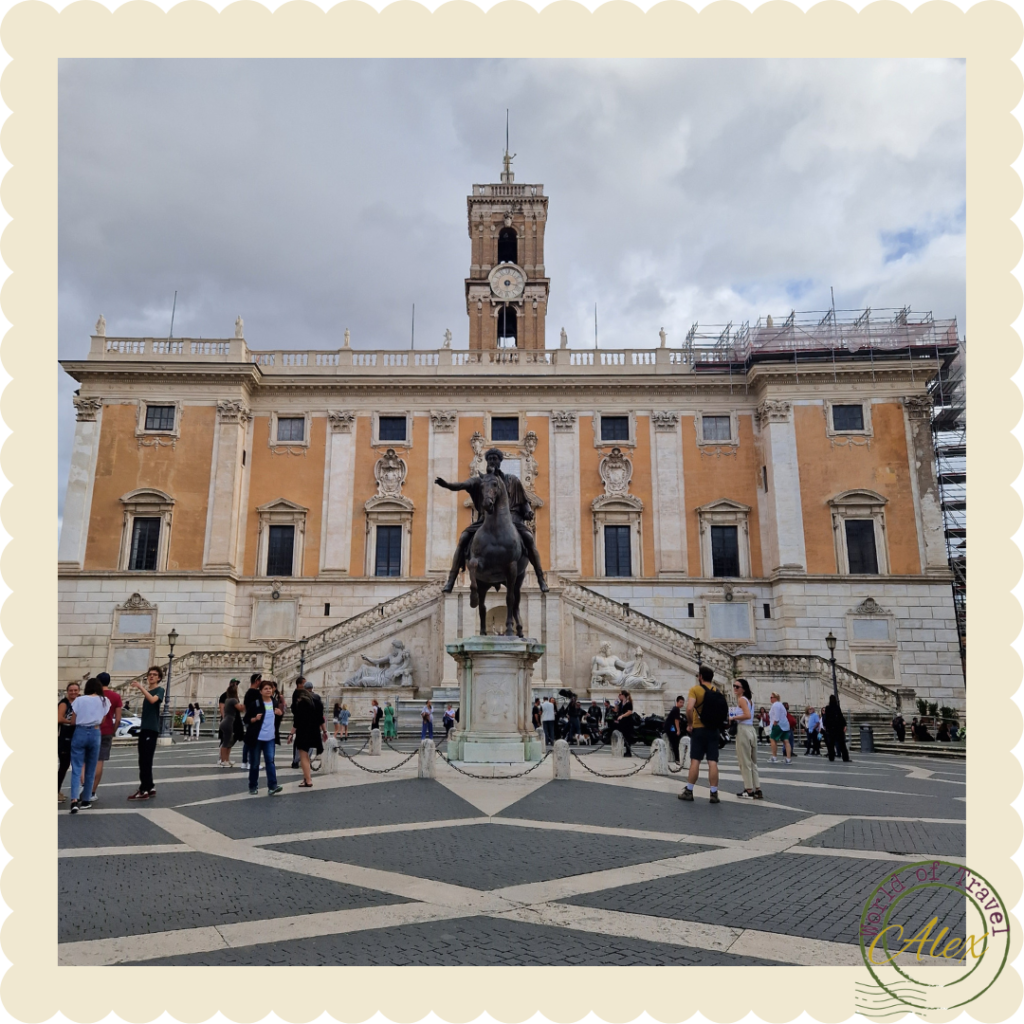

Capitoline Hill
The name “Capitol” likely referred to a “dominant height” in antiquity, associated with the Temple of Capitoline Jupiter. Originally, the Capitol Hill comprised the Arx and Capitolium, with archaeological evidence revealing a settlement from the late Bronze Age.
Under the Tarquins in 509 BC, the Capitolium gained significance with the Temple of Jupiter Optimus Maximus, symbolizing Roman civilization. The adjacent Acropolis housed the Temple of Juno Moneta, serving as a secure location for the public mint.
By 78 BC, the Capitolium underwent further changes with the construction of the Tabularium, a monumental structure preserving Roman documents and laws. The Area Capitolina flourished with monuments commissioned by Roman nobility during the Republic, becoming a powerful propaganda center.
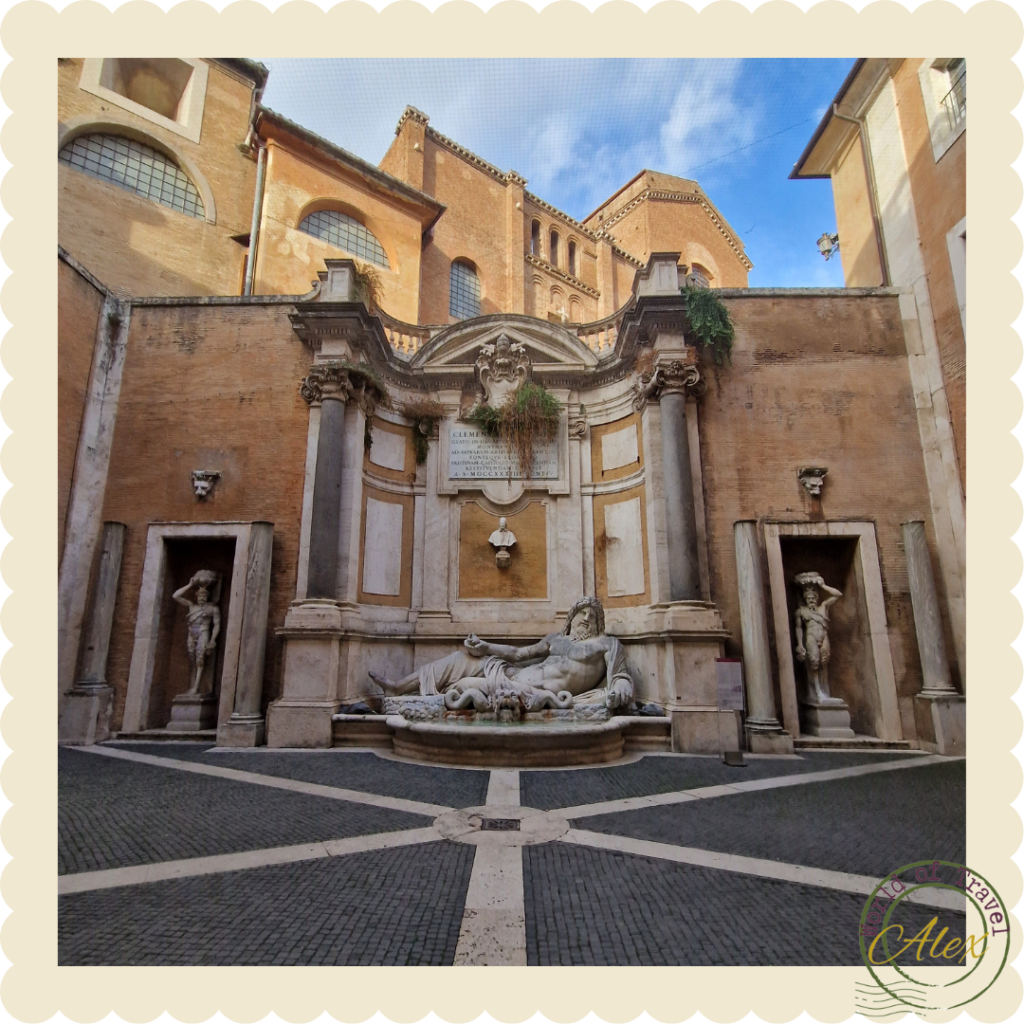

Tabularium
Nestled beneath the Palazzo Senatorio, the Tabularium, a Late Republican Age structure, safeguarded Rome’s legal history. Built in 78 BC by Quintus Lutatius Catulus, it housed bronze tabulae containing laws and official deeds.
Originally part of the Capitoline Hill’s reconstruction after a fire in 83 BC, the Tabularium overlooked the Forum and featured a narrow corridor on the first floor leading to a well-preserved pavilion-vaulted gallery. Another presumed upper floor likely housed public archives.
Connected by steep staircases, the Tabularium played a vital role in linking the Forum to the temple of Veiovis. During the Middle Ages, a fortress replaced it, transforming into the Palazzo Senatorio. Over time, the building evolved, serving various administrative functions, including storage, salt sales (14th-17th centuries), and prison cells until the mid-19th century. The Tabularium stands as a silent witness to Rome’s legal and administrative evolution.
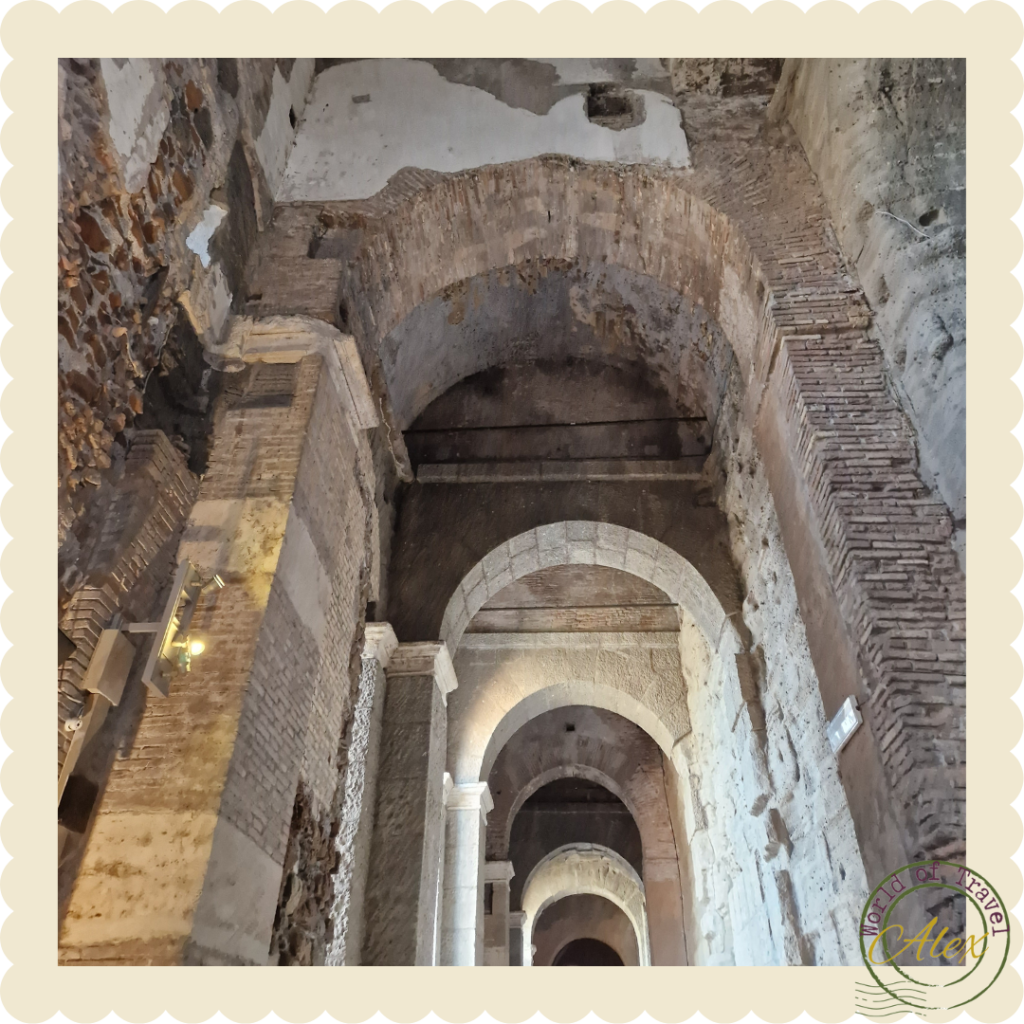

Michelangelo’s Piazza
In 1536, Pope Paul II of the Farnese family, seeking to enhance Rome for Emperor Charles V, entrusted Michelangelo with the task of imparting architectural unity to the diverse structures on the Capitol. Over the next two years, Michelangelo crafted a brilliant plan, featuring the equestrian statue of Marcus Aurelius, relocated from the Lateran and set in a stunning star-shaped pattern on the paving.
Executing Michelangelo’s vision spanned decades, primarily undertaken by Giacomo Della Porta, concluding over a century later with the completion of the Palazzo Nuovo, mirroring the Palazzo dei Conservatori and ensuring overall symmetry. The harmony extended to the use of a gigantic order, massive cornices, balustrades adorned with statues, and carefully calculated voids and solids.


The Museums
The Capitoline Museums, tracing Rome’s journey from the Renaissance to the modern era, began in the 15th century with Pope Sixtus IV’s restitution of ancient bronzes in 1471. This marked the start of a return of significant sculptures to the Capitol, with subsequent additions like the gilded bronze statue of Hercules and the remains of the colossal statue of Constantine.
The Middle Ages influenced the collection’s symbolic ties to municipal affairs, evident in works like the marble group of a lion attacking a horse. Renaissance-era acquisitions, including historical reliefs from a monument honoring Marcus Aurelius, highlighted a connection between the ancient world and the Renaissance Capitol.
In 1566, Pope Pius V transformed the Capitol into a true museum of ancient art, disrupting the continuity of the collection. The 17th century witnessed limited growth and the migration of sculptures to the Palazzo Nuovo. By 1733, the Palazzo Nuovo became a museum, further expanding with Clement XII’s acquisition of busts.
The 18th-century principles of museum design guided the Capitoline Museums’ arrangement by categories, with notable acquisitions like the Dying Gladiator and Venus Capitolina enriching the collection. The Vatican’s Museo Pio Clementino in 1771 shifted the focus on expanding the new museum.
The French Revolution and Napoleonic wars influenced the Capitol’s collection, and in 1838, it returned to the Conservatori after Napoleon’s rule. The 19th century brought the Castellani donations, significant acquisitions, and the creation of a medal collection.
In 1903, Rodolfo Lanciani emphasized the original contexts and excavation data in the Palazzo dei Conservatori. The Fascist era introduced expansions and the “Museo Mussolini,” later the Museo Nuovo. The mid-20th century brought the Braccio Nuovo in 1956, showcasing material from urban development projects.
Recent decades focused on historical and artistic studies, leading to the reorganization of the Capitoline Museums. The Centrale Montemartini and Palazzo Caffarelli now host exhibitions, offering an immersive experience in Rome’s rich archaeological and artistic heritage.


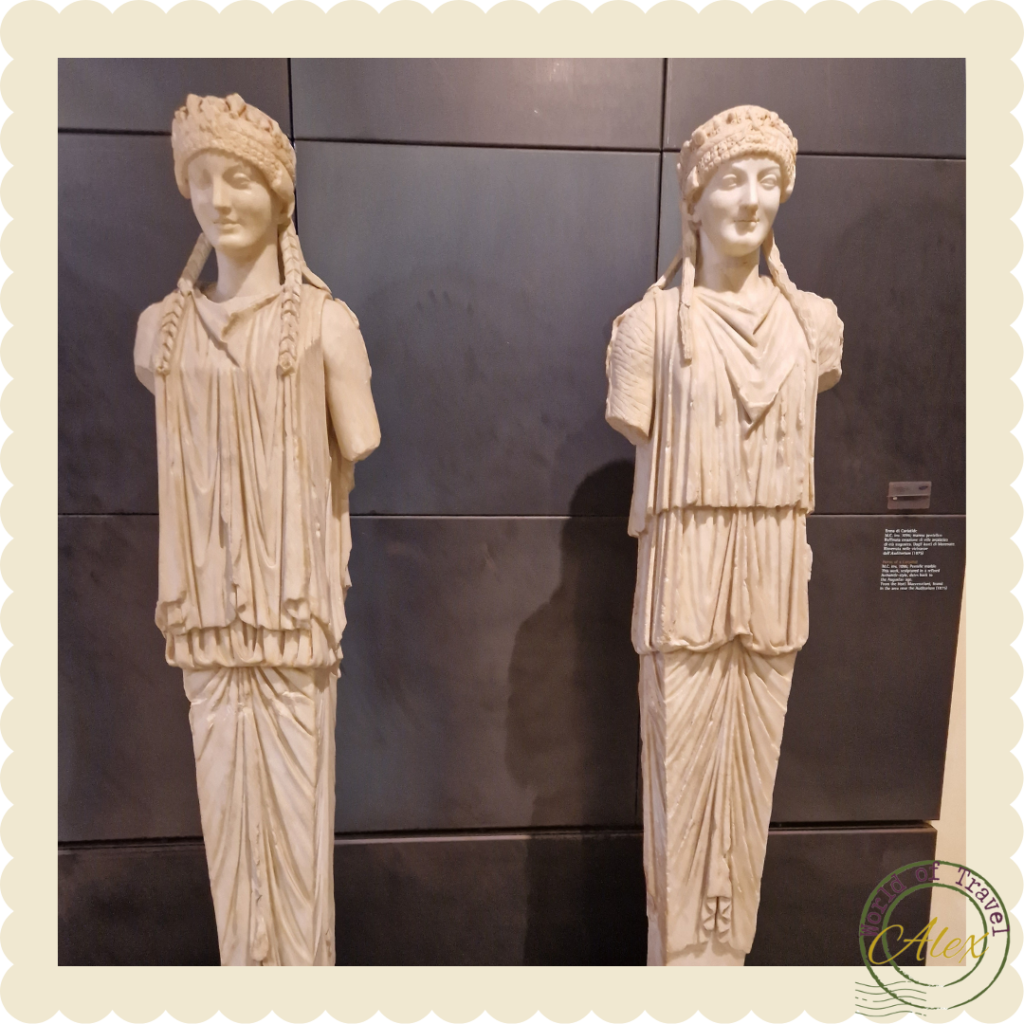

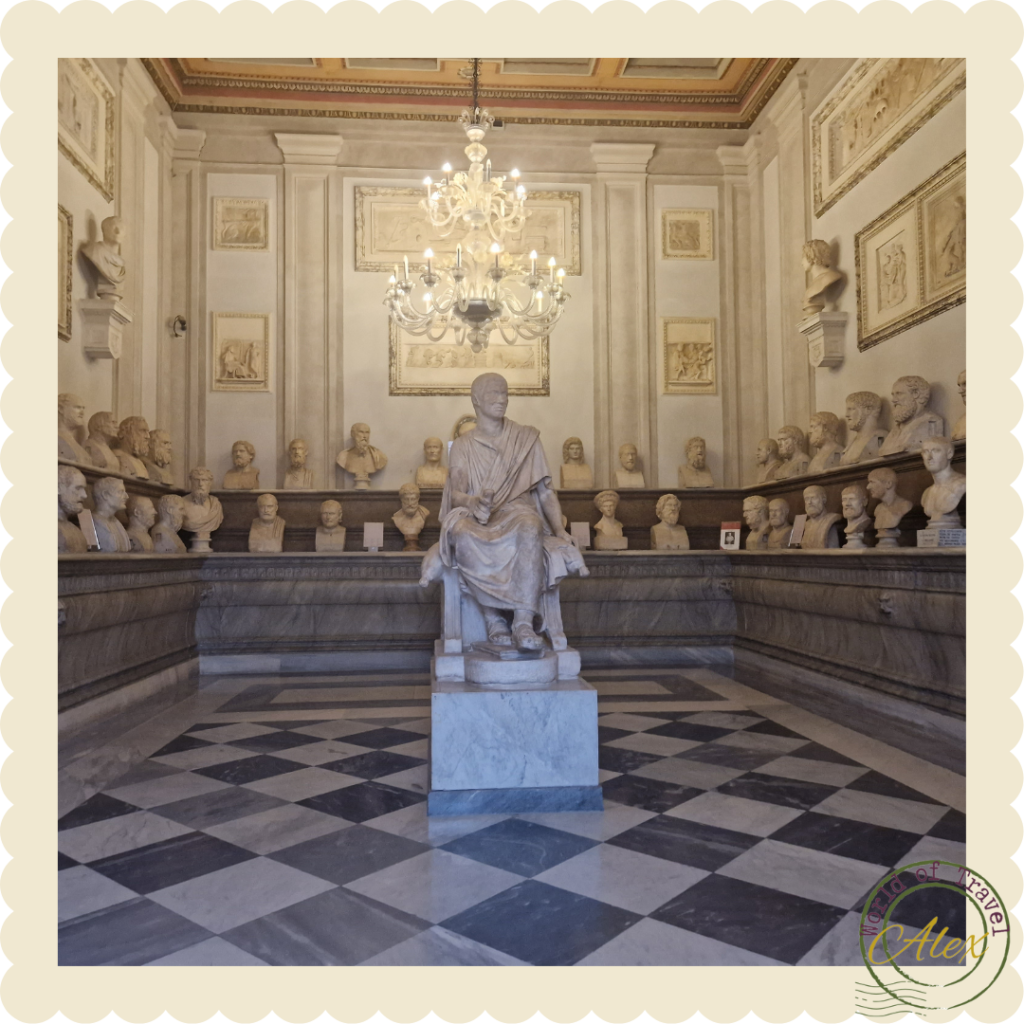
Accessibility and facilities
There is elevators that will take you between the floors and down the tunnel underneath the buildings. The museum can be tricky to navigate, so locate a map if you don’t have a guide so you can walk around. At the restaurant on the top floor is a fantastic view over Rome.
Tickets can be bought at the ticket office. As you go in you will go thru an airport styled security and scan your bag. There is lockers so you don’t have to walk around with them, you need no coins for the lockers.
In the right side building there is also a museum shop.
Public transport
Underground: Closest station is Colosseo, 16 min walk.
Bus: no. 30, 51, 81, 83, 85, 87, 118, 160, 170, 628 to bus stop Ara Coeli/P.Za Venezia.
Opening times and admission
Everyday 9.30-19.30
Adults: € 13,00
Concessions: € 11,00
Children under age 6 are free
